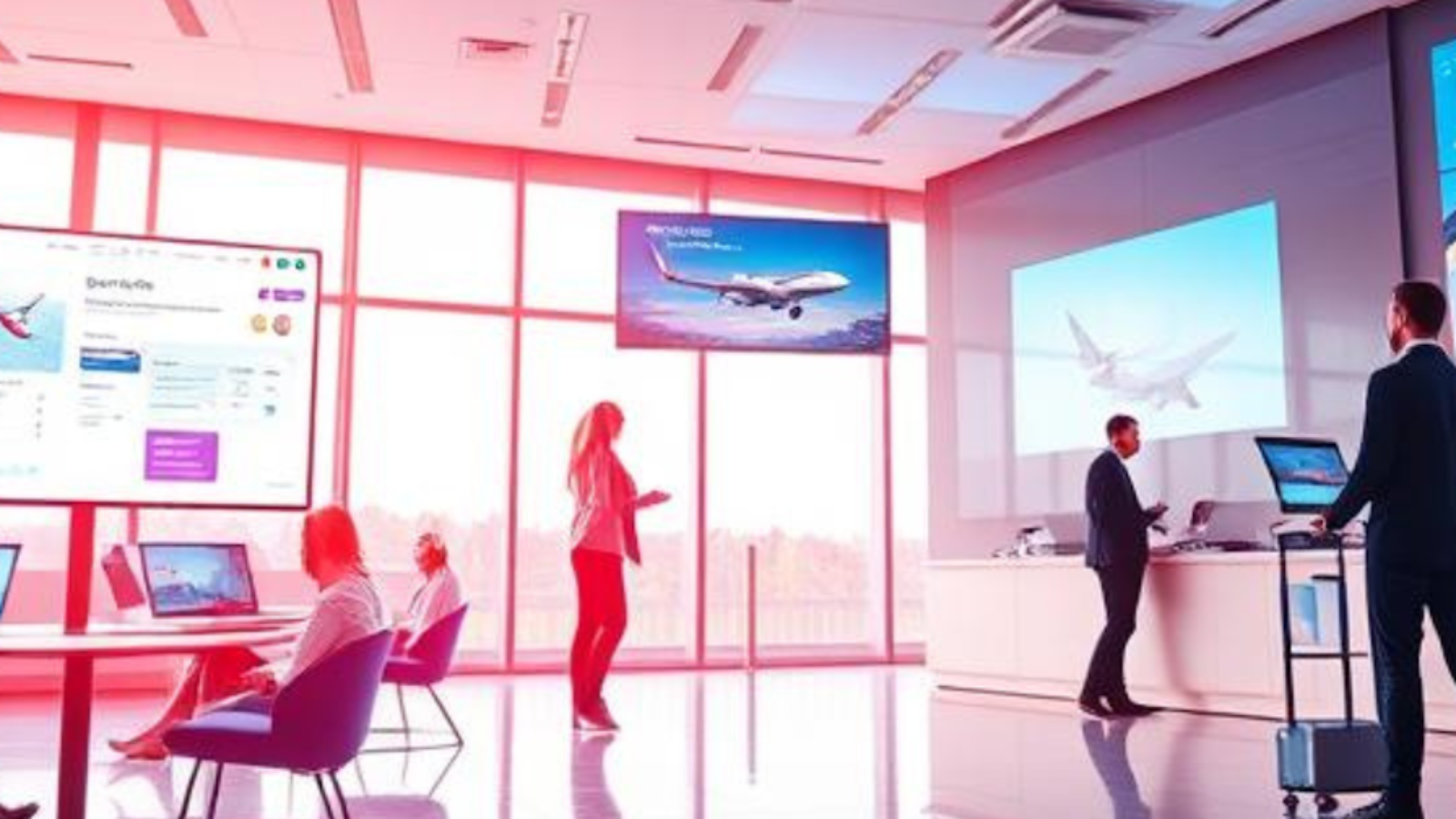The travel industry was one of the worst-hit during the COVID-19 pandemic. However, with cases waning, the industry looks for a significant rebound this year.
The World Travel & Tourism Council has revealed that the travel industry will grow to $8.6 trillion in 2022, just 6.4% lower than the pre-pandemic stage. However, business travel, a crucial revenue driver for travel companies, will likely recover much more slowly.
So, to survive the next few years, travel agencies and tour operators must adapt quickly, boosting customer confidence and profitability.
Embracing new-age travel agency software is one of the most effective ways travel companies can strengthen their position during these challenging years.
Here, we break down the importance of leveraging technology to automate your travel agency functions and offer personalized and swift service to your customers.
How can automation help a Travel agency?
Booking the tickets, enforcing the travel policies, managing the invoices are essential tasks that can be handled effectively with the help of automation. As a result, the travel agencies can provide an enhanced customer experience at the end of the day. Whether an online travel agency, travel management company, or any business operating in the travel industry, automation saves time, cost, and human resources.
Benefits of Travel agency software
Travel agency software is equipped with an online booking engine that enables agents to make ticket booking easier. This specialized travel booking system can be connected with multiple GDSs or NDC APIs for fetching worldwide content. So, the agents can make airline and hotel reservations(real-time) for clients within minutes.
Notably, travel agency software connects with multiple vendors to book flights, hotels, holidays, insurances, car rentals, airport transfers, etc. The agents can integrate the booking engine with their website and sell tickets with their branding. The key feature of the travel software is that it allows the agents and customers to transact with a wide selection of payment options and currencies.
Revenue maximization
Travel agency software helps the agents to charge their customers with different transaction/markup fees to maximize their revenue. In addition, the agents can cross-sell ancillary services, which not only maximize travel agents’ revenue but also delight their customers.
The travel agents can handle price setting, invoice management, booking of travel products from third-party suppliers and global distribution systems, promo code management, and communication with sub-agents with the help of travel ERP software. As a result, the agents can provide a smooth and personalized booking experience for sub-agents and their customers, leading to higher revenue.
Optimizing workflows
Travel agency software reduces operating costs and improves efficiency with workflow optimization. It helps the agents streamline mid and back-office processes to provide the customers with efficiency. Travel agents can seamlessly organize invoices and keep track of payments for multiple clients simultaneously. Managing invoices, sales commissions, and enforcing policy while booking can be effortlessly handled with the travel agency software’s automated workflow.
Complete software integration
Multiple GDS systems, accounting, and HRMS can be integrated with Travel agency ERP systems. As a result, agents and sub-agents can access, share, and coordinate pricing, product availability, etc. It allows the agents to provide the right offer to the right customers for driving sales and promoting robust growth.
Advanced reporting
Travel agency software offers reliable reporting tools to generate sales, financial data, inventory, vendor management, etc. These reports help agents estimate, forecast, and make decisions to increase revenue and elevate growth.
Conclusion
Specialized travel agency software gives businesses a holistic view and greater control of their entire business.
The travel ERP can further automate document generation, invoicing, finances, reporting, etc. This automation reduces the time spent on day-to-day activities and expenses.
To stay competitive in today’s market, travel agencies must adopt a travel ERP system like AgencyAuto for their businesses to improve productivity and drive agencies in the right direction.
Then, what are you waiting for? Hurry up and try a Demo to access the leading travel agency software











